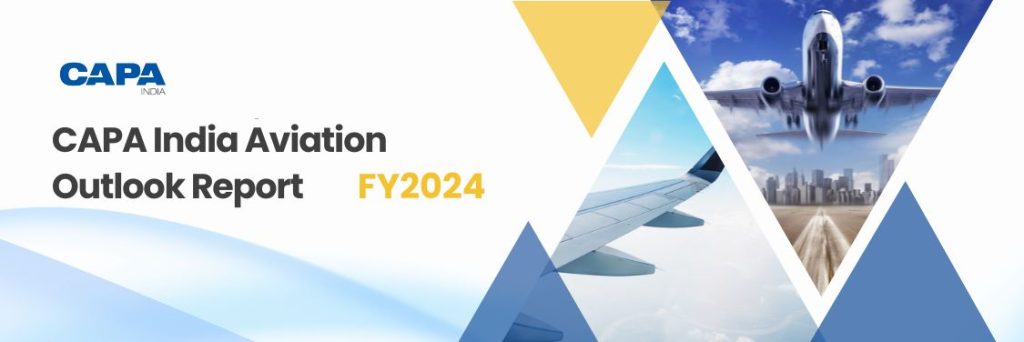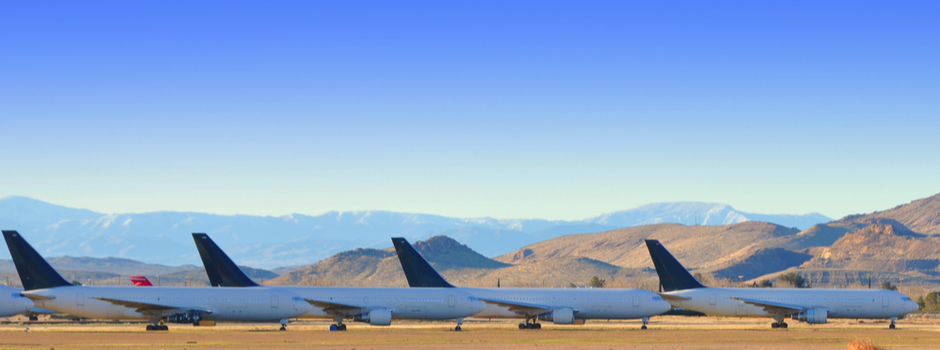Featured Insights

Extracts from the CAPA India Airline Outlook FY2024
The CAPA India Aviation Outlook Report FY2024 is the indispensable guide for companies with exposure to Indian aviation, delivering accurate, timely and in-depth analysis. To know more about the CAPA India Aviation Outlook FY2024, write to us at marketing@capaindia.com.
-


Key Trends in Indian Aviation in FY2022: Impact of Second Wave
-


Indian Aviation Faces Massive Disruption on the Road Out of COVID
-


COVID-19 & the State of the Indian Aviation Industry – Update 3
-



Extracts from the CAPA India Airline Outlook FY2024
-


The Impact of COVID-19 on Indian Aviation
